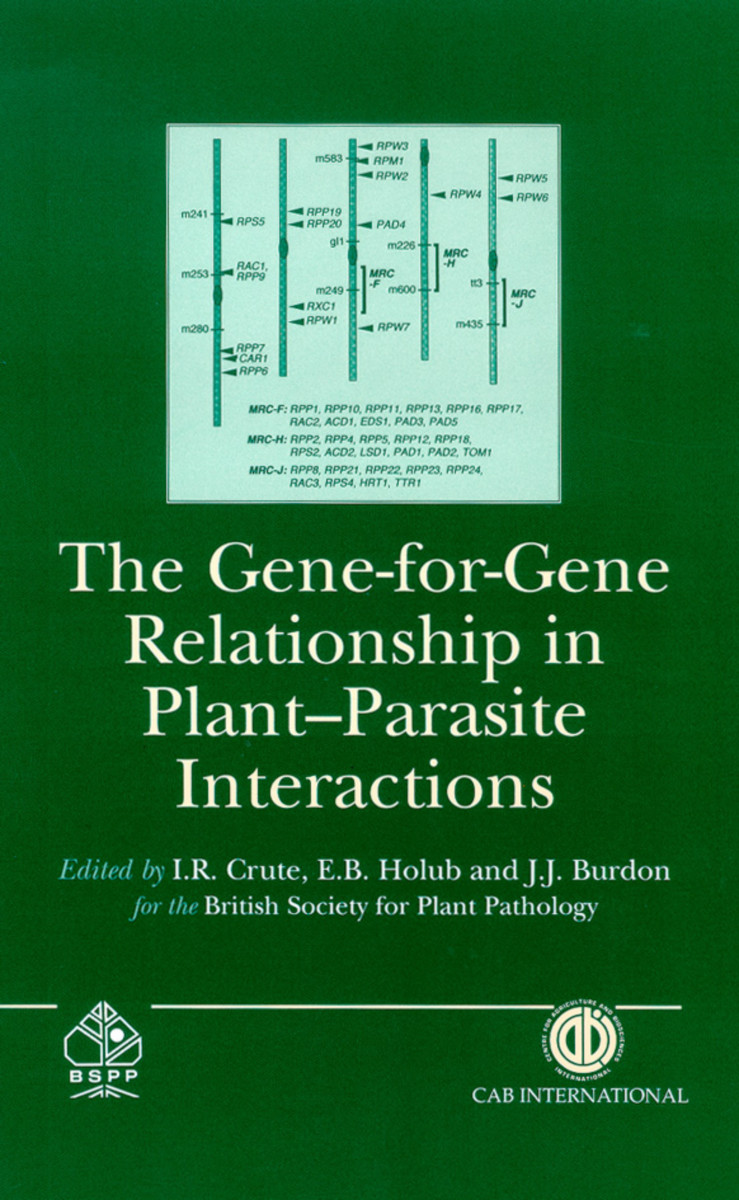The Gene-for-Gene Relationship in Plant-Parasite Interactions
- Publisher
CABI - Published
1st April 1997 - ISBN 9780851991641
- Language English
- Pages 432 pp.
- Size 6.75" x 9.25"
Genetics has transformed plant pathology on two occasions: first when Mendelian genetics enabled the discovery that disease resistance was a heritable trait in plants, and secondly when Flor proposed the “gene-for-gene” hypothesis to explain his observations of plant-parasite interactions, based on his work on flax rust in North Dakota starting in the 1930s. Our knowledge of the genetics of disease resistance and host-pathogen coevolution is now entering a new phase as a result of the cloning of the first resistance genes.
This book provides a broad review of recent developments in this important and expanding subject. Both agricultural and natural host-pathogen situations are addressed. While most of the book focuses on plant pathology, in the usual sense of the term embracing fungal, bacterial and viral pathogens, there is also consideration of parasitic plants and a chapter demonstrating lessons to be learnt from the mammalian immune system. Three overall themes are addressed: genetic analyses and utilization of resistance; population genetics; and cell biology and molecular genetics. Chapters are based on papers presented at the British Society for Plant Pathology Presidential meeting held in December 1995, but all have been revised and updated to mid-1996.
Written by leading authorities from North America, Europe and Australia, the book represents an essential update for workers in plant genetics, breeding, biotechnology and pathology.
Ian R Crute
No information
Eric B Holub
No information
Jeremy Burdon
Dr. Jeremy Burdon is a postharvest physiologist with over 35 years' research experience in fundamental and applied research and consultancy. The last 25 years have largely been spent addressing commercial aspects of the kiwifruit supply chain, from harvest to the consumer, including the commercialization of new kiwifruit cultivars from New Zealand. Outputs include 47 peer reviewed publications, 25 Acta Horticulturae publications, 48 other publications for industry, popular articles, book chapters and reviews, and ~200 reports to commercial clients.


